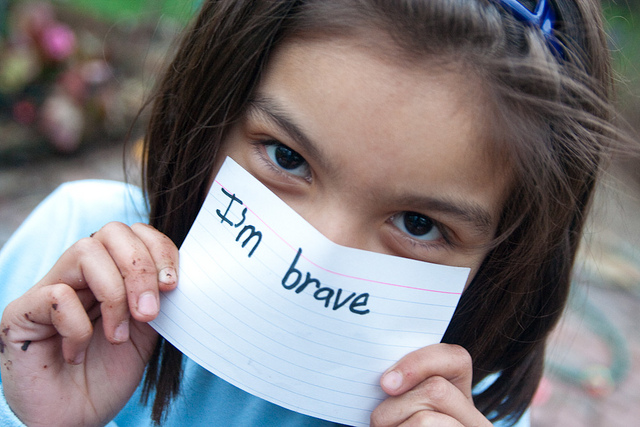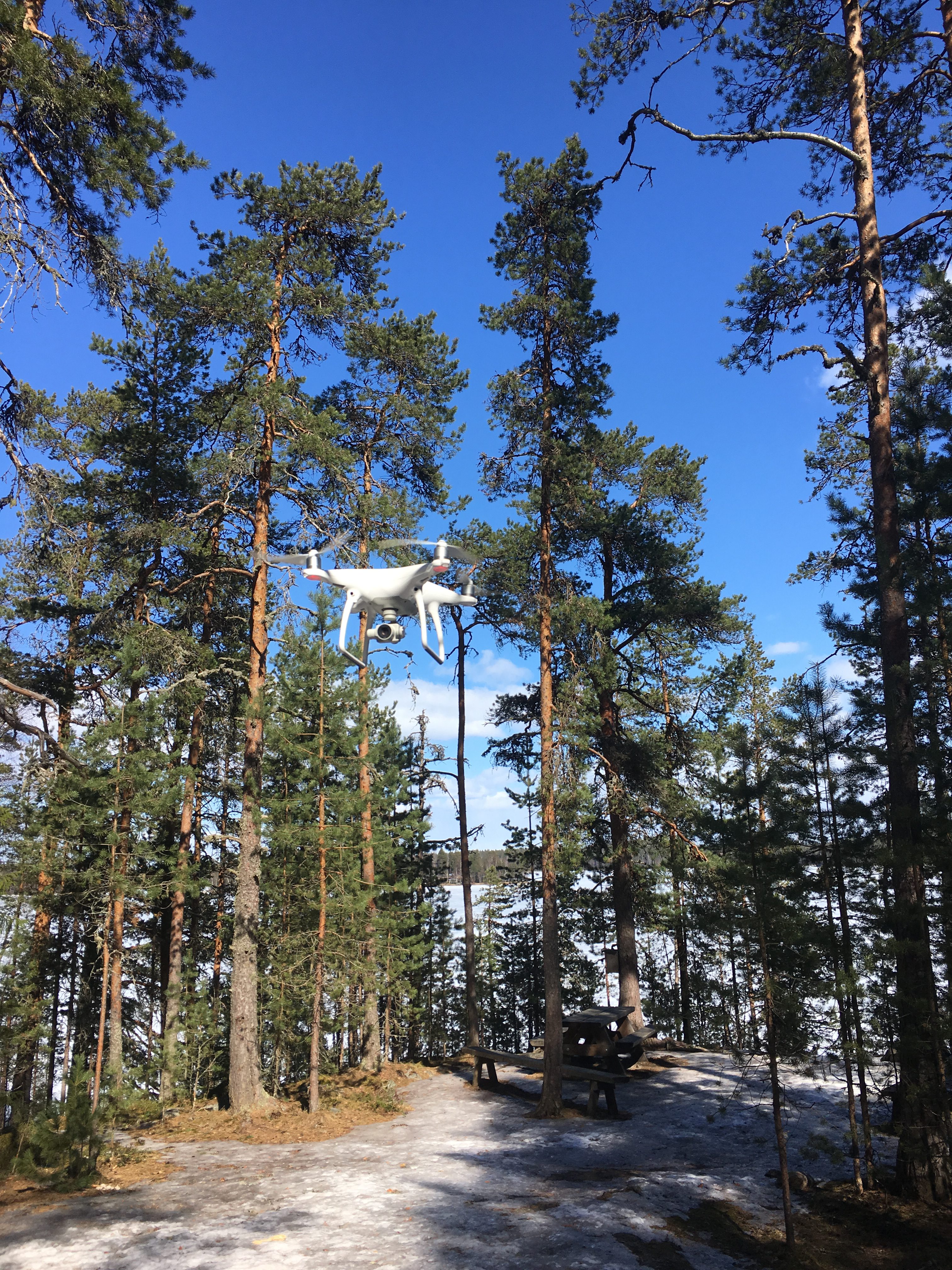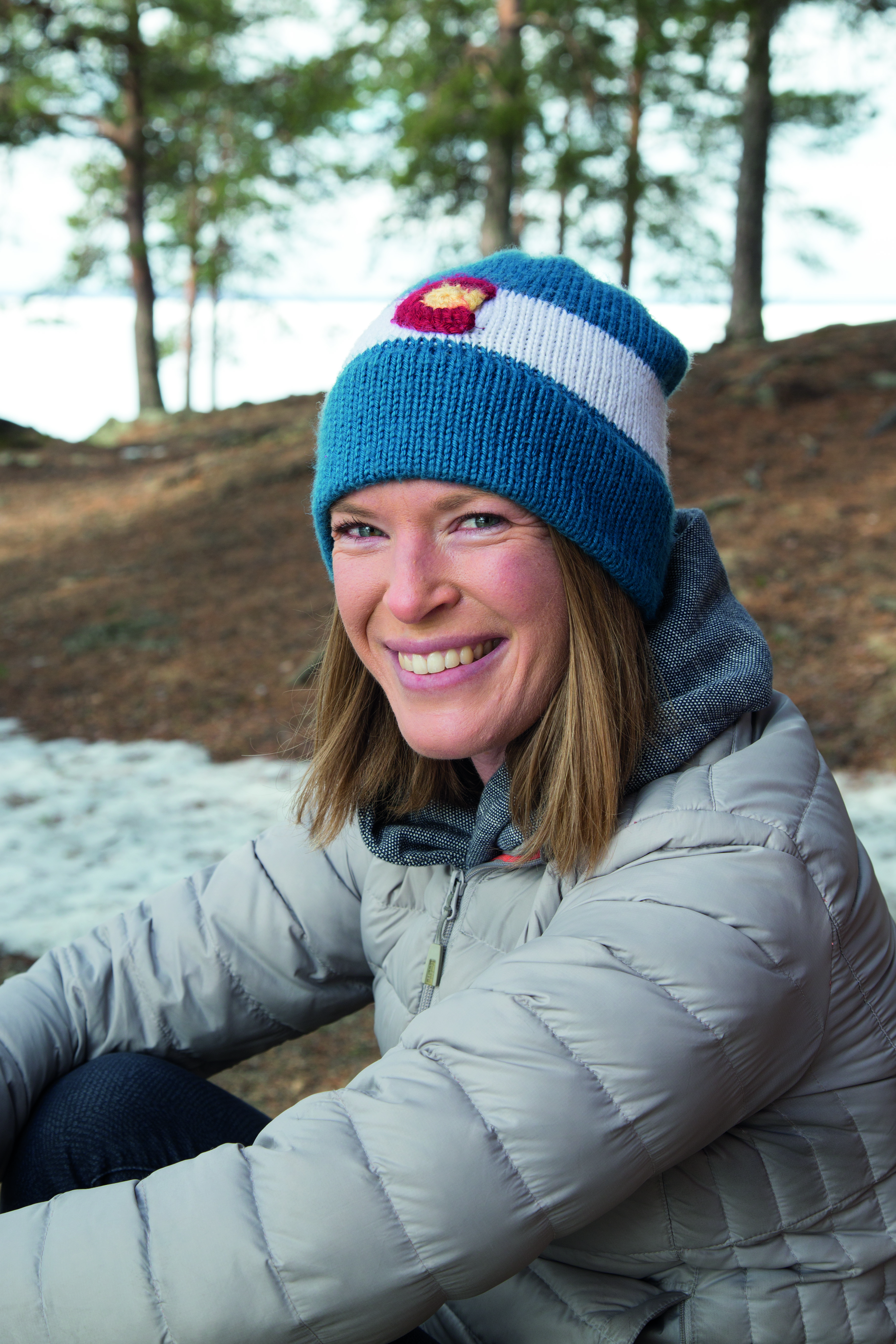
Fearlessness: Finding the courage to face and push past your fears.
Lately, I keep coming back to this theme of fearlessness. It’s come up in several conversations I’ve had over the past few months, and it’s got me thinking:
How do we teach our children to be fearless? Is it a skill that can be taught, or is it something we are born with?
Fearlessness: A Recurring Theme
I recently had a conversation with a friend of mine, who absolutely adores his daughter’s teacher. “She teaches her students to be fearless. If they want to give a presentation or perform something, she lets them. She has created an environment where the students can take risks, where they aren’t afraid to be themselves.”
Wow, I want to be in this teacher’s classroom.
A few months ago, I had a very similar conversation with a fellow Fulbrighter, who referred to his daughter’s teacher as “an educator who is making her kids transform”. With the help of this teacher, his daughter is becoming more courageous towards her learning. Why? Because the teacher’s first priority is to build her students up as humans. She does this by building courage and fearlessness in her students. With skills such as courage and fearlessness, children can learn anything.
Girls “Play it Safe”
How are we encouraging our girls in particular, who are taught to “play it safe”, to take risks and be fearless?
During my time in Finland, I had the opportunity to go on an end of the year camping trip with a 6th grade class. We were supposed to be camping in tents, however with the harsh winter this year, there was still quite a bit of snow on the ground. We didn’t let this spoil the trip, however we opted for sleeping in the cabin as opposed to tents.
Children in sixth grade are fun. There’s an awkward, goofy, and “trying to figure it out” vibe to this age, and I am always excited to see what they will do and hear what they have to say. It never ceases to surprise me.
After arriving and settling into our cabins, we took an evening hike with the kids in the forest, covering about 4 miles through the ever-present snow. Many of the kids were running and sliding through the snow, picking up fallen tree branches to use as walking sticks, exploring sites off the trail, and throwing snowballs at each other. I noticed that most of these “kids” were boys. The girls were walking towards the back, chatting with one another.
We eventually came across this fallen tree, which all the boys immediately ran over to and started walking across, even attempting fancy jumps off the end. Not a single girl went over and attempted walking across the log. I even encouraged them to try, giving it a shot myself. No one wanted to step forward. I asked the girls why they were not trying it. The girls said they were too shy. I was devastated, and I also felt a bit of anger boiling up inside of me.
What experiences have these girls had to make them think this way, or is this just how most girls are? Were they self-conscious because of the boys around? Were they being cautious, afraid to take a risk?
Eventually, the boys went on ahead, and a few of the girls stayed behind. Finally one of the girls cautiously attempted to walk across the log. Then another tried. They helped each other, holding hands to cross the log, and were very hesitant, but they tried. And nothing could replace the smiles that came when they accomplished walking across it, hopping down with excitement and eager to try it again.
Why did they wait until all the boys were gone to try? Did they only want to try it when they could be sure they would be successful? Were they “playing it safe”?
The Gender Gap
About the time I was on this trip with the sixth grade students, Reshma Saujani was giving her commencement speech at the Harvard Graduate School of Education. Saujani, founder of Girls Who Code, is a leader in empowering women in a male-driven society. She finds the gender gap to be a cultural problem, not a structural one.
“ We train girls to be perfect- to please and play it safe, and to always get straight A’s,’ she said. ‘The result? Girls are kicking butt in the classroom, but falling behind in the real world… because in the real world, success is a product of bravery, not perfection.”
Conclusion: We need to start teaching our girls to be brave.
Education has been taking a shift for years. The focus has moved from teaching students content to teaching them skills such as self-regulation, creativity, collaboration, and now, bravery. We need to teach our girls fearlessness with intentionality, and we can start by providing them with opportunities to take risks in a safe environment.
Teachers, I ask you:
How can we teach girls to be fearless?
How can we create a safe environment for them to take risks and fail?
Because, “…when you get a taste for being brave, it’s kind of like a rush, it’s hard to stop.”
Photo credit I’m brave: Steven Depolo





